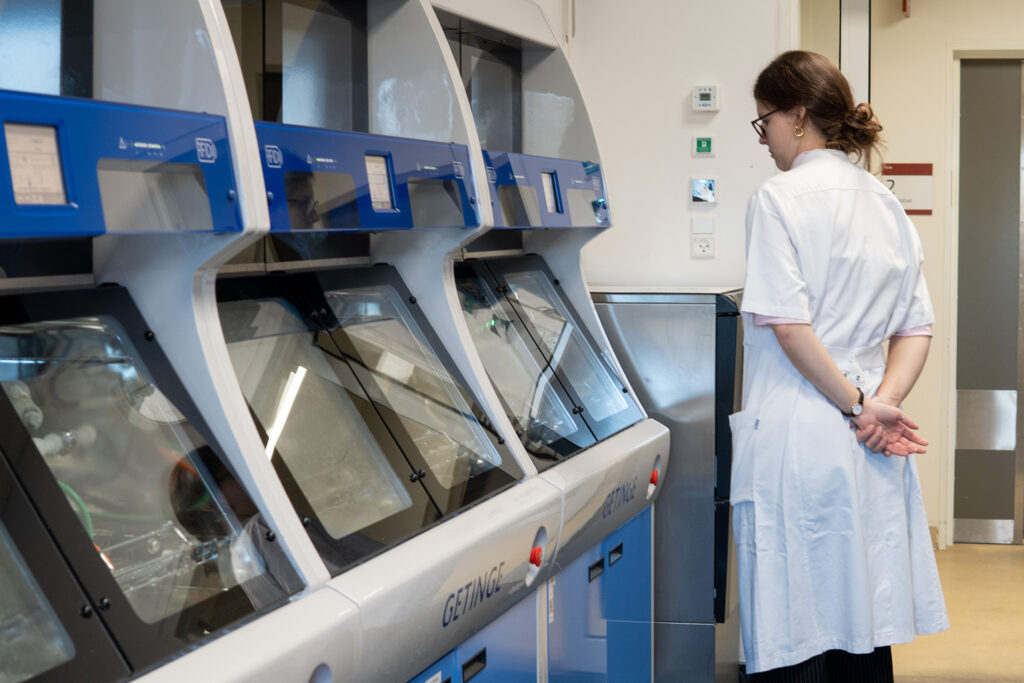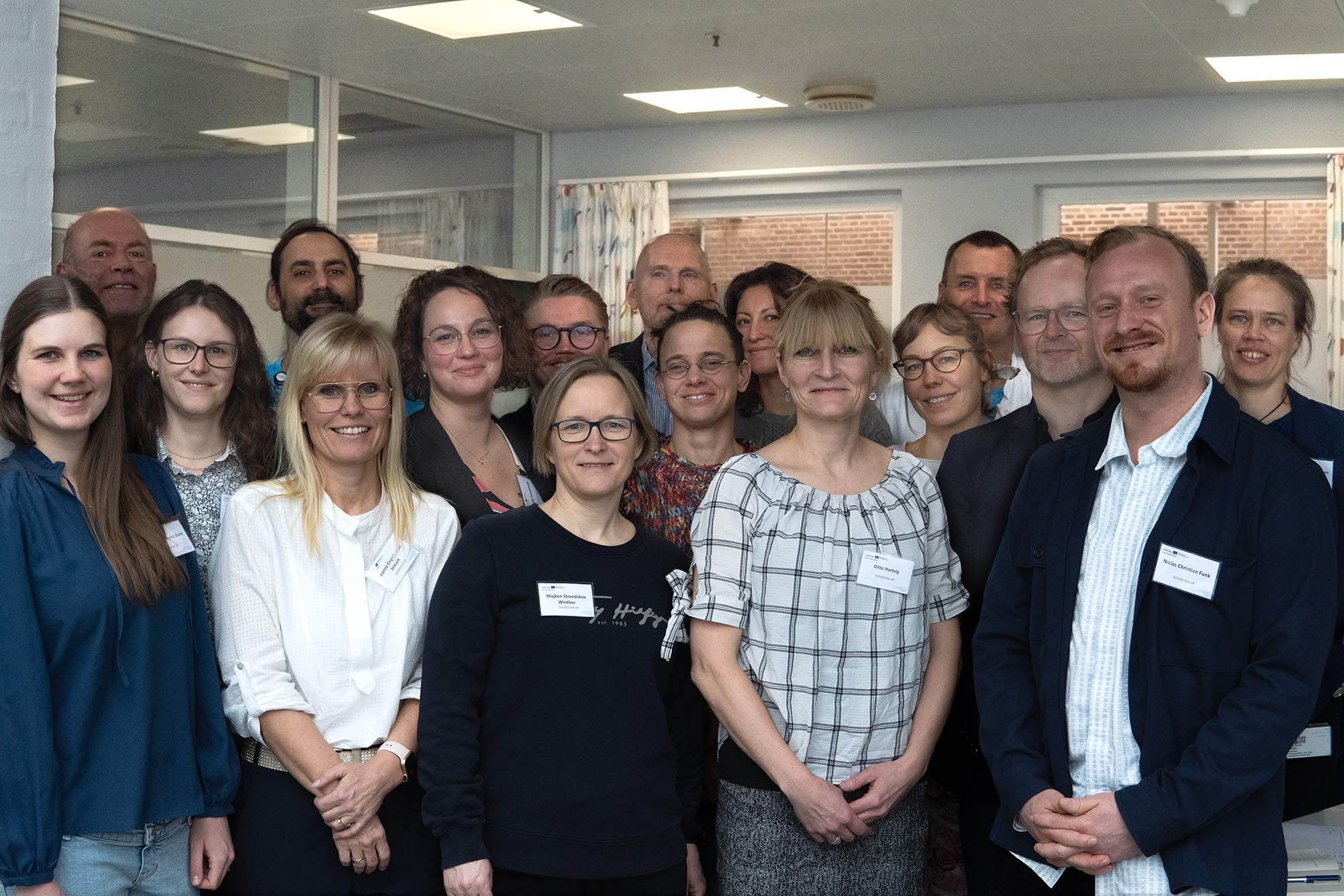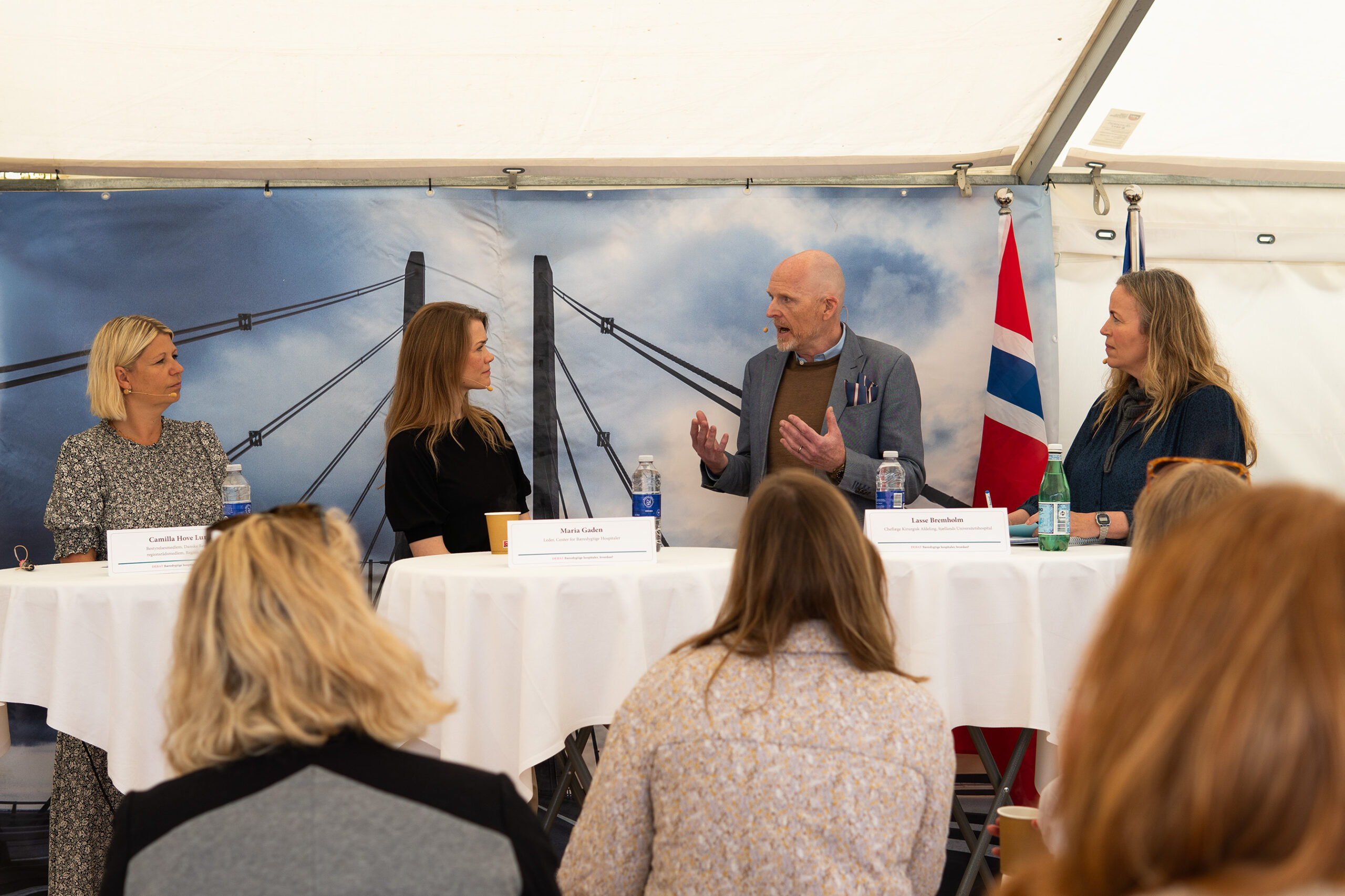Life cycle analyses will shed light on the sustainability potential of endoscopes
How can life cycle assessments be used as a tool to make the most sustainable choices and transition healthcare to a greener future?

How can life cycle assessments be used as a tool to make the most sustainable choices and transition healthcare to a greener future? This question is the focus of Danish-Swedish sustainability project SUSUES, where life cycle analyses (LCA) are used to uncover the environmental impact including the climate footprint of disposable and reusable endoscopes.
Chief of surgery, SUH, Lasse Bremholm says, “LCA helps us make deliberate choices, and the interesting thing is especially to compare the results from the analysis with studies of the clinical quality of endoscopes and the economic consumption of resources, which is revealed in a health economic analysis and clinical quality trials. This gives us a holistic picture of the perspective of sustainability, which also takes into account everyday life in the clinic.”
At the beginning of February, the project partner Circular Action Tools (CAT) carried out visits at the University Hospital of Umeå and Zealand University Hospital in Køge to observe cleaning processes.

Visits in Denmark and Sweden: A look into the cleaning processes
To create a complete picture of the environmental sustainability aspects and differences across regions, observations of the cleaning process and workflows around this are carried out at both partner locations. Theresa Thomasson from CAT therefore, first visited the University of Umeå, where Urban Arnelo from the Department of Endoscopes welcomed her, after which the trip continued to Køge and Zealand University Hospital.
CAT continuously collects data to be used to map the life cycle of the two types of endoscopes, from the production of the equipment and until it is disposed of for waste or recycling. The focus of these visits was observations of the reusable endoscope and the cleaning process, which is an essential part of the equipment’s life cycle. The goal was to gain detailed insight into resource consumption, because although reusing equipment can be considered sustainable, it also requires resources to clean it so that it meets a necessary clinical standard. For example, several disposable products are used in the cleaning process – the staff uses aprons, protective sleeves and plastic gloves, which are changed several times during the process.
”I observe around 30 cleaning processes and focus particularly on how many disposable products are used along the way. For example, it has an impact on the result whether the same amount of disposable gloves is always used or whether it varies from time to time, and whether the gloves are changed several times during the process. Based on the previous literature review, it is expected that the cleaning process will have an impact on the final outcome, and therefore it is important to observe how the cleaning process is handled in both hospitals to observe variations,” Theresa explains.
Life cycle analysis as a decision-making tool and overall environmental sustainability
The results from the visits to Sweden and Denmark are one part of the data input that will be used to prepare a comprehensive life cycle assessment of the two types of endoscopes. Data from the production of endoscopes is also used
Other activities in the SUSUES project include clinical quality to ensure patient safety, and health economic analyses that take into account human and financial resource consumption. Combined, the results from the project will provide the hospitals involved with a data-driven basis for making the most sustainable choice when it comes to the uses of endoscopes.



